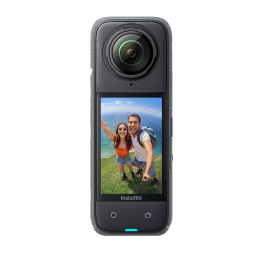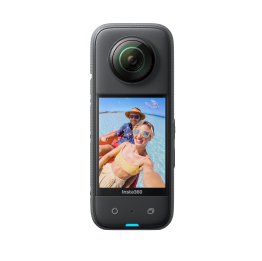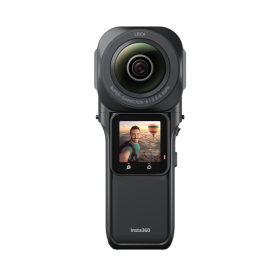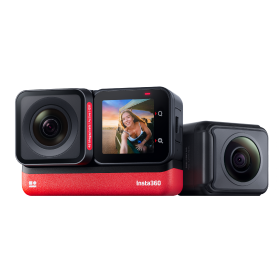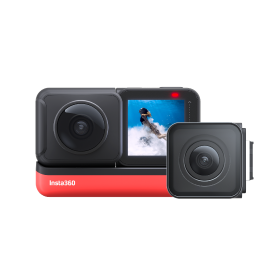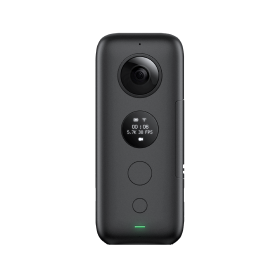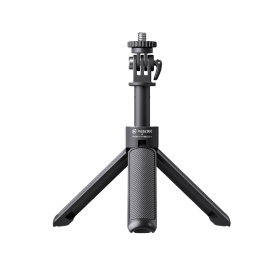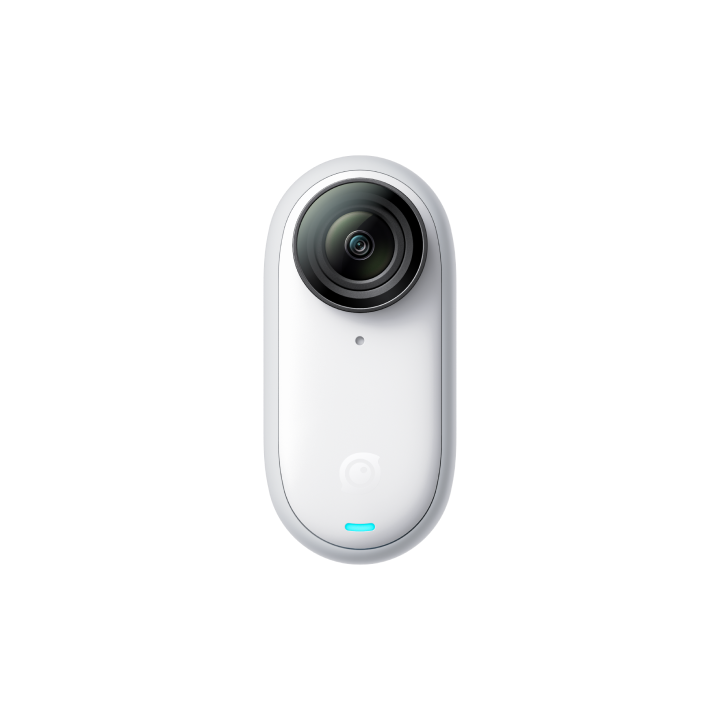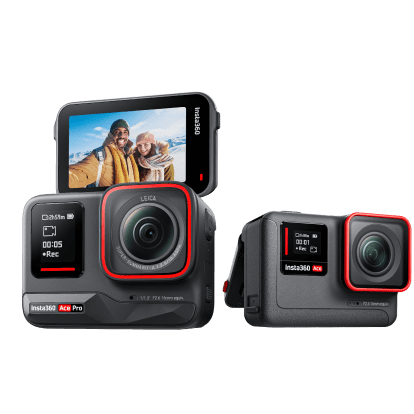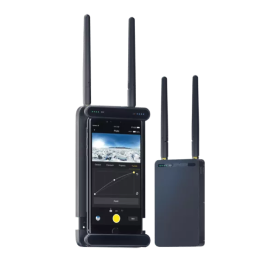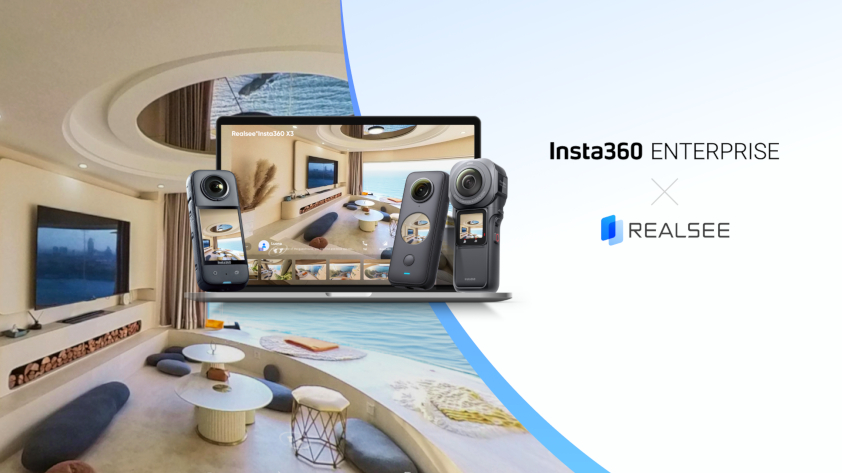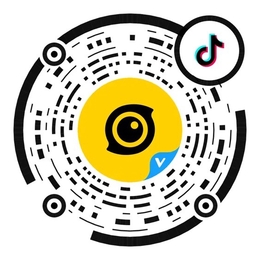The VR Movie is becoming a brand new form of media consumption, presenting new opportunities to totally immerse viewers in a designed environment, creating a movie this way has never been done to full feature length, until now.
On November 2nd, the world's first feature-length VR movie “Calling” held a screening at Beijing Film Academy with Director Charles Zhang. The VR movie tells the story of a middle-aged real estate CEO who suffers from mental illness due to emotional and work pressure, all shot on Insta360 Pro.
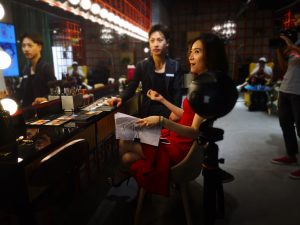
In Beijing Film Academy, the audience wore VR headsets to immerse them into the movie. Director Charles Zhang attended the screening and described the process of creating a VR movie using Insta360 Pro.
We talked with Charles to dig into the details of shooting a VR movie:
What made you want to use VR to shoot a full feature-length film?
There are almost no VR movies on the market that are over 60 minutes in length. I hope to try to produce such long-form VR movies, which will promote the development of the entire industry of VR films. I am currently studying at the Griffith Film Academy in Australia, studying VR film language, and I aim to put it into practice.
Why did you choose the Insta360 Pro to create a VR movie?
I have always paid attention to the development of technology. Compared with similar products, the Insta360 Pro has much better performance, it can shoot 8K high-definition 360 video, and it’s cost-effective. In addition, the Pro is easy to carry and set up. This was very convenient when shooting “Calling”. In the future, I aim to shoot documentaries, VR entertainment films, concerts and online dramas with the Pro.
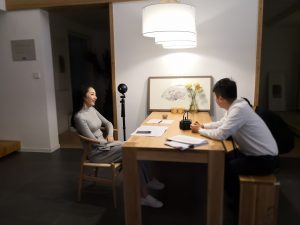
How long was the entire production process of Calling? How was the workflow different from creating traditional movies?
The whole film took a year and a half from preliminary prep to shooting and post-production.
The script of “Calling” was based on audio-visual language and emphasizes the concept of space: where in the space, how the focus of the space was arranged, lighting control, and so on to maximize immersion in a VR environment.
VR movies and traditional film shooting are also different. In order to hide the set, it is necessary to minimize the number of people. When shooting, the film crew only had two people, me and the assistant director. Due to its panoramic nature, the shooting process is faster than traditional movies, and it took only two weeks (usually traditional films shooting cycle may have 4-6 weeks).
What is special about VR in the presentation of the story and the advancement of the plot?
The lens language of traditional movies is based on the "frame", the director can use the "frame" to constrain the visual range of the audience. Whereas in a VR movie, it's 360 and there is no picture frame, there are many traditional shooting methods and visual language that are no longer applicable, the focus of the audience depends on the location of the camera and other factors. Especially in large spaces, such as outdoor scenes, it is necessary to guide the audience's attention through actors and environmental cues.
What was your biggest challenge when creating a VR movie?
The biggest difficulty is hiding the director and the device. In addition, it is very difficult to monitor the picture during the shooting process. However, as you guys at Insta360 have developed Farsight, the long-distance image transmission system, real-time monitoring is going to be great. I hope that I will have a chance to try it later. Great help.
What channels do you expect will be used to watch VR movies?
Traditional movies require a lot of people to gather together to watch the same screen, whereas, with VR movies, everyone uses a VR headset to watch. Traditional movies are linear, while in VR the film encourages viewers to look back and find clues in the environment. This means that VR movies are suitable for viewers to watch alone from anywhere, so I expect that VR theatres will proliferate on the Internet, such as YouTube, rather than physically as was the case with traditional movies.

After the premiere at the Beijing Film Academy, we will participate in the Guangzhou Golden Koala International Film Festival at the end of this month and will continue to showcase "Calling" in the United States, Australia and other countries. After the end of next year's screening, we aim to launch it online.
About Director Charles Zhang
Charles Zhang graduated from the Beijing Film Academy and is currently a Ph.D candidate at Griffith University Film school. In 2018, he served as the director of Calling and the assistant director of the "Liquefazione", an art short film.
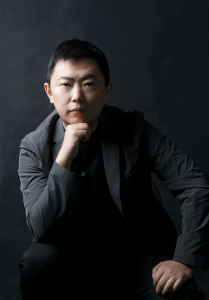
He graduated from the Beijing Film Academy and is currently studying at the Griffith Film Academy in Australia. He published "Animation Principles and Laws", "3D Animation Foundation" and other animation creation works and will launch "VR Film Language and Practice Research" in 2019, detailing how to develop VR film production practice through the development of this new film language.
Keen to keep up to date on Insta360 stories? Keep an eye on our blog and sign up for our mailing list. You can also contact our Enterprise team directly to see how 360 cameras can benefit your business.
